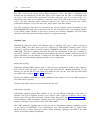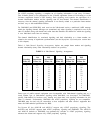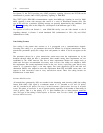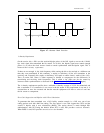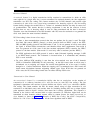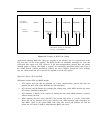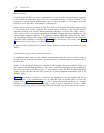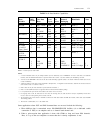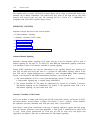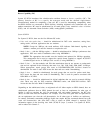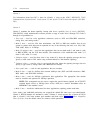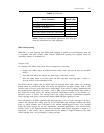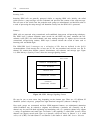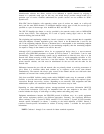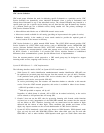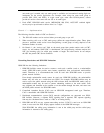
1-22
INTRODUCTION
The method used to provide ACCUNET
®
switched digital service (used by D4-channel banks) also
maintains the 1s-density requirement. This method uses only seven of the eight bits for each DS0
channel's 8-bit word to carry user data. The remaining bit (8) is “wired” to a 1. (MPDM/M1* is
compatible with ACCUNET switched digital service).
IMPORTANT CONCEPTS
Important concepts discussed in this section include:
●
●
●
●
●
●
Common-channel signaling
Alternate voice/data (AVD) trunks
Bearer capability (BC)
ISDN call processing
CBC Service Selection
Networking restrictions and ISDN-PRI limitations
Common-Channel Signaling
Originally, common-channel signaling (CCS) meant that any of the 24 channels could be used to
transmit signaling for the other 23. To offer CCS, both RBS and 24th-channel signaling would have
to be disabled to make all 24 channels available to transmit signaling.
Current AT&T applications use only the 24th-channel as the signaling channel and, therefore, the
term CCS has been used more and more as a synonym for 24th-channel signaling. Misuse of the
term CCS and its original definition have contributed to some misunderstanding. When comparing
System 75 and System 85 DS1/DMI administration procedures, you will find that:
a.
The current definition of CCS is used when administering System 75 and Generic 1, although it
is 24th-channel signaling that is actually being administered.
b. The original definition of CCS cannot be administered for System 85 or Generic 2, however,
24th-channel signaling can be administered. For Generic 2, the equivalent terms, 23B + D or
24th-channel signaling, are used rather than CCS.
Alternate Voice/Data (AVD) Trunks
AVD is an attribute of trunks used with System 85 R2V4 and earlier releases, and System 75 R1V3
and earlier releases, and all Generic 1 switches. For Generic 2, bearer capability, which identifies
the capabilities previously identified with AVD plus many more, is used instead.
AVD relates a trunk group’s translations to the type of signaling required to support the trunk group.
From the software perspective (and when applicable), a trunk group is administered for either AVD
or voice. Trunk groups administered for AVD may be used for both voice and digital data
applications and require a DS1 that is administered for 24th-channel signaling.



